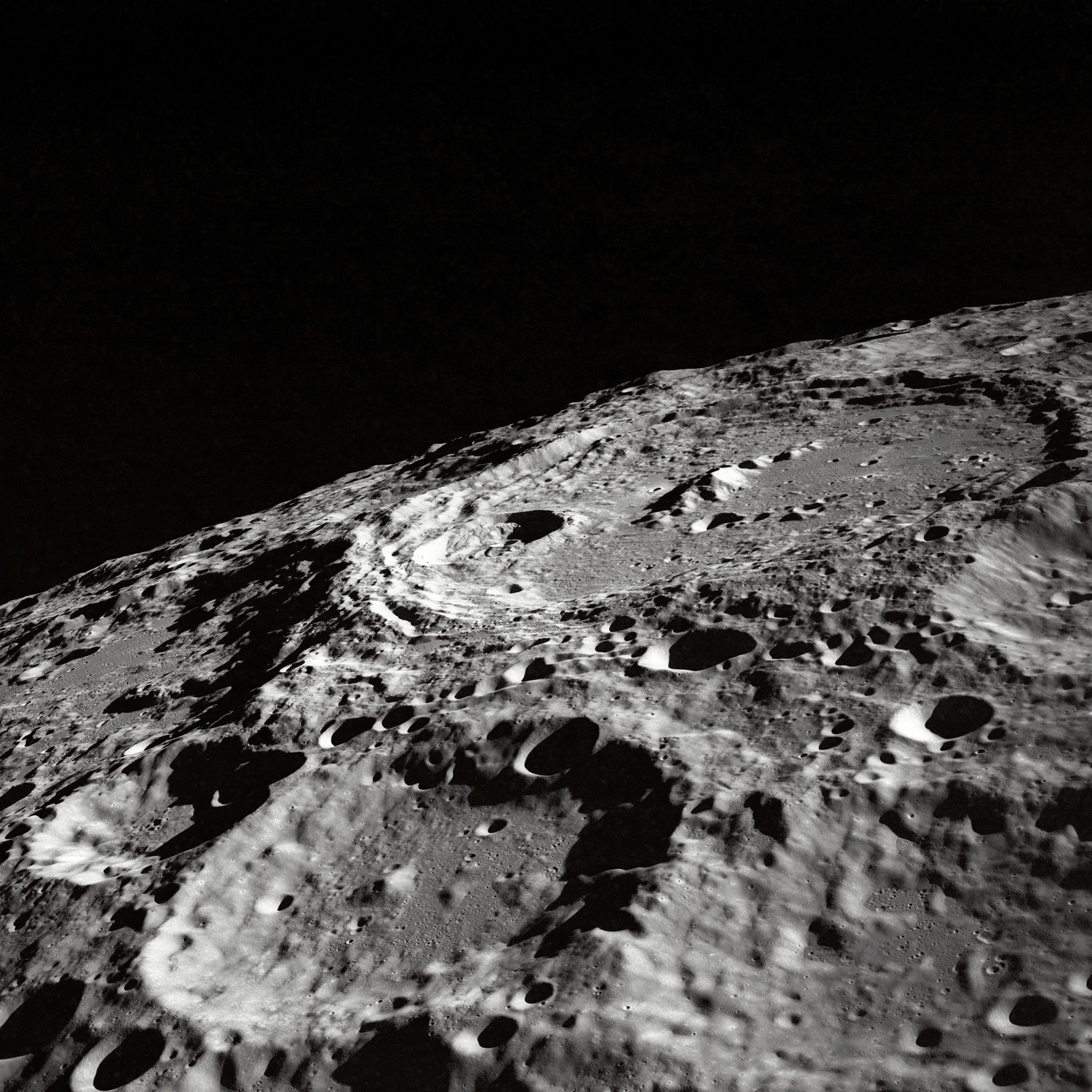The First Quarter Moon: A Guide to Understanding its Phases and Significance
The moon has long been a subject of fascination and wonder for humanity. Its ever-changing phases have captivated people for centuries, leading to myths, legends, and scientific exploration. One of the moon’s most intriguing phases is the first quarter moon, also known as the half-moon or the half-degree moon.
Understanding Moon Phases
Before we delve into the specifics of the first quarter moon, let’s take a moment to understand how the moon’s phases work. The moon’s surface is not self-illuminating; it reflects the sunlight that falls on it. As the moon orbits the Earth, different portions of its surface become visible to us, resulting in the familiar lunar phases.
The moon completes one orbit around the Earth in approximately 29.5 days, which is known as a lunar month. During this time, it goes through eight distinct phases:
- New Moon
- Waxing Crescent
- First Quarter
- Waxing Gibbous
- Full Moon
- Waning Gibbous
- Third Quarter
- Waning Crescent
Characteristics of the First Quarter Moon
The first quarter moon occurs when the moon is one-quarter of the way through its lunar month, approximately 7.4 days after the new moon phase. During this phase, exactly half of the moon’s face is visible from Earth. The term “quarter moon” can be slightly misleading, as the moon is actually 50% illuminated during this phase, rather than 25%.
The first quarter moon rises at noon and sets around midnight, making it visible in the evening. It can be identified by its shape, which resembles a half-circle or a ‘D’ when viewed from the Northern Hemisphere. In the Southern Hemisphere, it appears as a ‘C’ shape.
Significance and Cultural Perceptions
Throughout history, the moon has held deep cultural and symbolic significance for various civilizations. The first quarter moon, in particular, has been associated with a range of interpretations and beliefs:
| Region | Meaning |
|---|---|
| Egypt | Symbolized growth and harvest as it coincided with the planting season. |
| Ancient Greece | Considered as a time for new beginnings and initiating projects. |
| Navajo Tribe (Native American) | Linked to the idea of balance between light and dark forces. |
| Chinese culture | Believed to represent yin and yang, duality, and the harmony between opposites. |
These beliefs highlight the cultural diversity and rich tapestry of human interpretations surrounding the first quarter moon.
Observing the First Quarter Moon
The first quarter moon provides a unique opportunity for avid stargazers and astronomers to observe and explore the moon’s surface. With its distinctive shape and prominent features, the first quarter moon is an engaging subject for amateur astronomers armed with a telescope or binoculars.
During this phase, various lunar formations are especially visible, such as the craters and lunar seas (known as maria). The stark contrast between the illuminated and dark regions of the moon’s surface creates intriguing patterns and depth.
It’s worth noting that the visibility and appearance of the first quarter moon can be influenced by atmospheric conditions and the viewer’s geographical location. Light pollution from cities can also hinder optimal viewing conditions. To fully appreciate the first quarter moon, it is advisable to find a location away from bright lights and pollution.
Relationship with Tides
Another significant effect of the moon’s phases, including the first quarter moon, is its impact on Earth’s tides. While tides are primarily influenced by the gravitational pull of the moon and the sun, the moon’s phases play a role in their intensity.
During the first quarter moon, the gravitational forces of the moon and the sun are at a right angle to each other, which leads to a phenomenon called “neap tides.” Neap tides are characterized by a relatively small difference between high and low tides. Conversely, during the new moon and full moon phases, when the gravitational forces of the moon and the sun align, “spring tides” occur with higher variation between high and low tides.
Conclusion
The first quarter moon is a captivating phase that offers a unique perspective on the moon’s surface and its relationship with Earth. Its half-illuminated shape and cultural significance make it an intriguing object of study for astronomers, historians, and curious minds alike.
Next time you gaze up at the night sky and spot the first quarter moon, take a moment to appreciate its beauty and the secrets it holds. The moon continues to inspire wonder and spark our curiosity about the vast universe we inhabit.
Table of Contents
